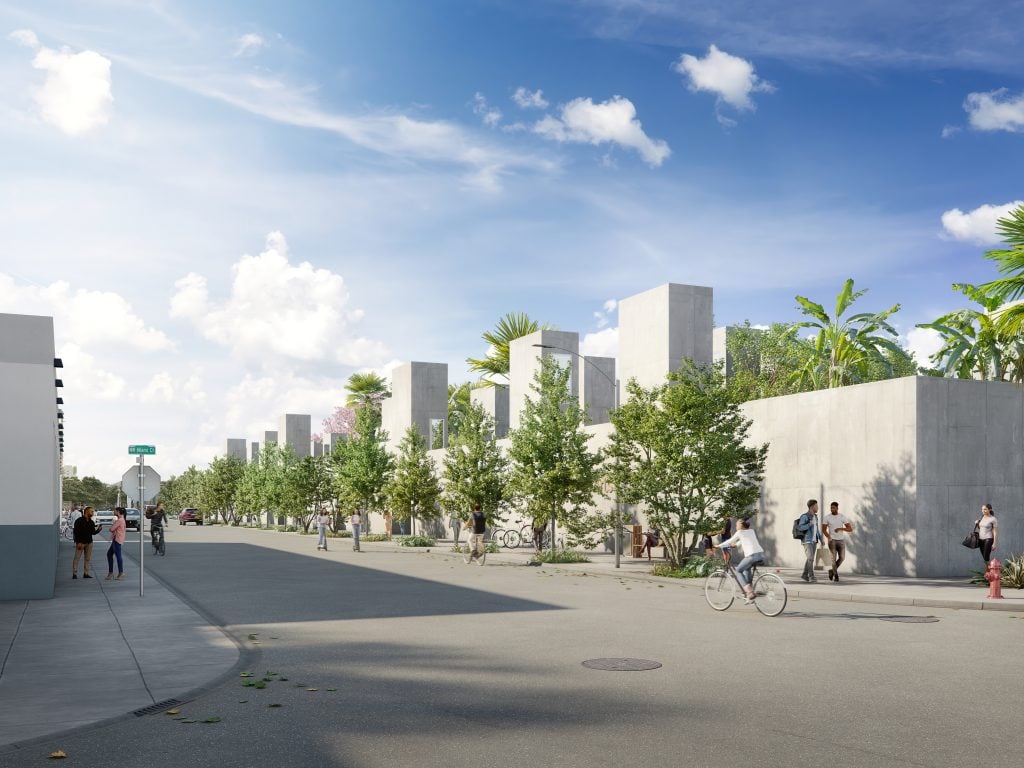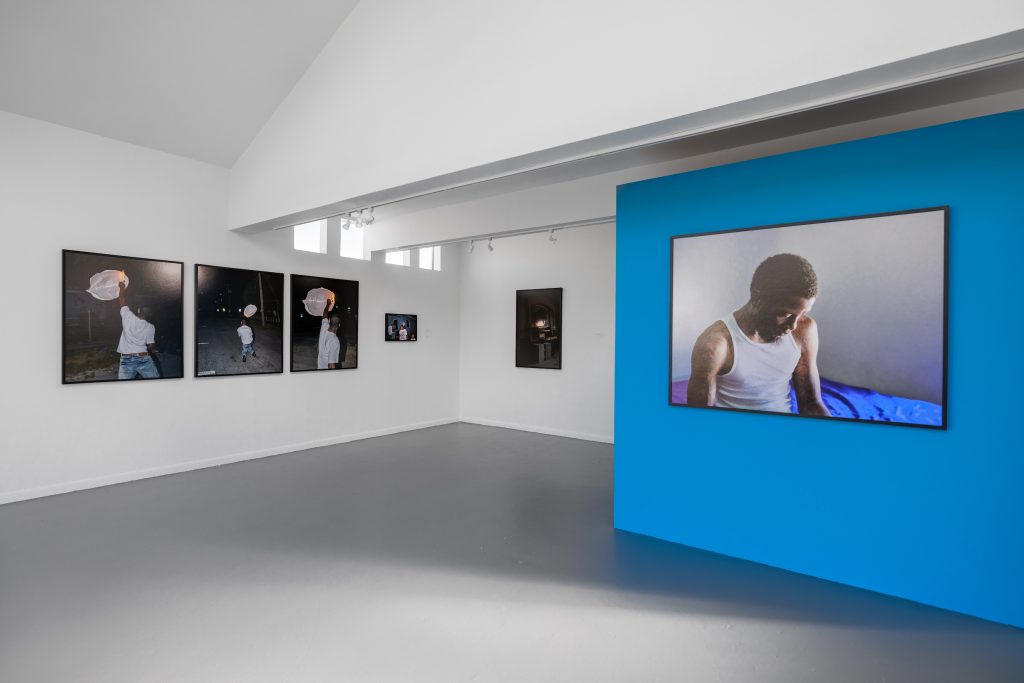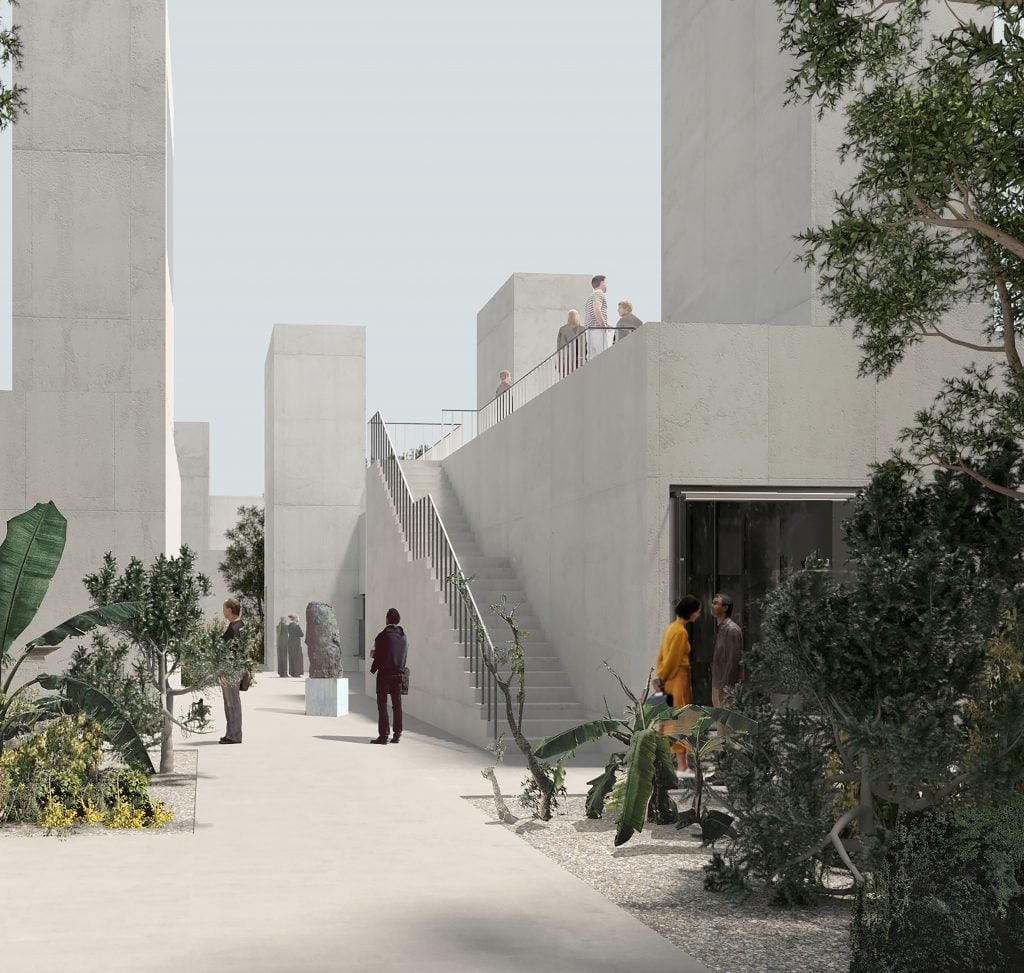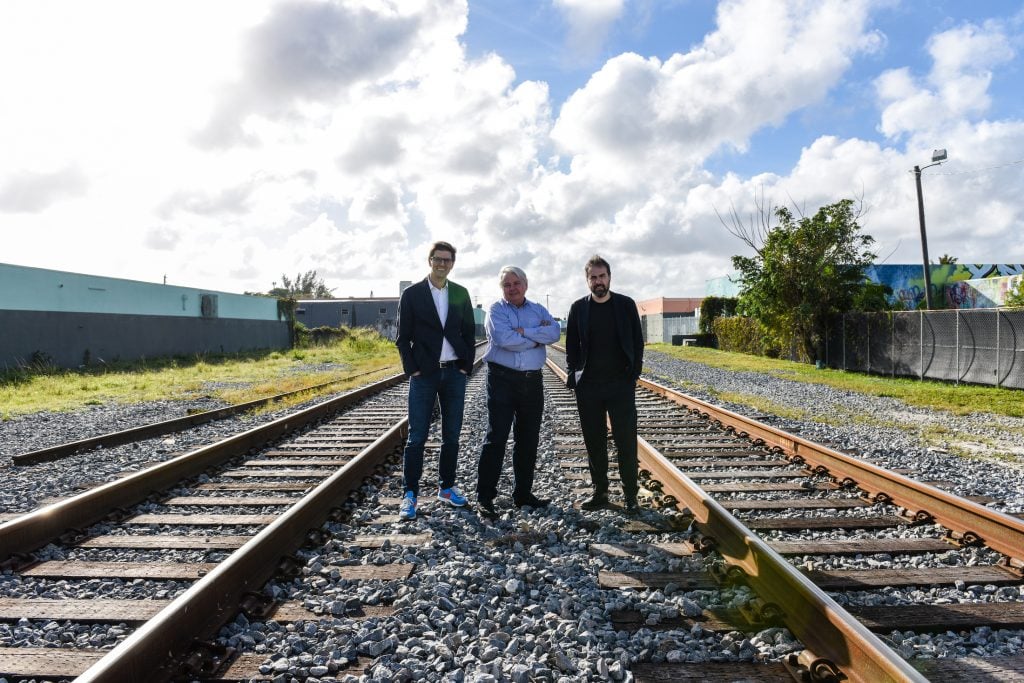Opinion
3 Important Lessons Any Arts Organization Can Learn from Oolite Arts’s Expansion in Miami
Dennis Scholl lays out the nonprofit's approach to creating sustainable support for the arts.

Dennis Scholl lays out the nonprofit's approach to creating sustainable support for the arts.

Dennis Scholl

Whether people come to Miami for the sun, real estate, or low taxes, they stay for the art. As the home to world-class museums, fairs, private collections, and gallery districts, over the past four decades Miami has first quietly, then noisily, become a major player in the art world. With every new shopping mall and condo development announcing a major commission, art has become increasingly embedded in our landscape. But none of this could have happened without one thing: artists.
As a Miami-based arts organization that has long been a part of this growth, Oolite Arts is constantly thinking about how we need to evolve to build Miami’s next creative chapter—while centering the needs of artists, providing access to the community, and building for long term sustainability. We started back in 1984, offering affordable studio space in vacant storefronts on Miami Beach, long before Art Basel landed here. Now, in the lead-up to our 40th anniversary in 2024, we’re unveiling a new campus designed to meet the needs of our artist community. As we reveal the plans for it, we wanted to share what we’ve learned about how arts organizations can adapt to a rapidly growing artistic landscape and support artists for generations to come.

Whitney Museum of American Art curator Adrienne Edwards visits the Oolite Arts studio of T. Eliott Mansa. Courtesy of Oolite Arts.
Walk into Oolite Arts’s exhibition space in South Beach today and you’ll find an azure wall the color of Miami Beach’s sky. The block text reads “1402 Pork N Beans Blue,” a reference to the Miami housing project where the artist Roscoè B. Thické III grew up, a neighborhood made famous as the pastel backdrop to the Oscar-winning film Moonlight.
“Order My Steps” is Thické’s first solo show, but he wasn’t selected for it because of a prestigious MFA degree or a sold-out Basel booth. As a 2021 Ellies Creator awardee and an artist-in-residence at Oolite Arts, Thické launched his career as a member of our community. A military veteran who studied photography at Broward College, he has a distinctive artistic voice that, when cultivated by a renowned curator, Rosie Gordon-Wallace, brought the stories about his grandmother and neighbors to life through his photographs. While his practice is unique, he’s just one of so many Miami artists we’ve been able to support over the years.

Installation view, Roscoè B. Thické III, “Order My Steps,” currently on view at Oolite Arts in Miami Beach. Photo: Pedro Wazzan.
Sure, the city’s fantastic museums, galleries, and exhibitions rival those in any major destination, driving forward a diverse and vibrant culture fueled by the perspectives and histories of all who come to call Miami home. But at Oolite Arts, we have a specific focus, rooted in our mission to help Miami-based artists advance their careers. With affordable studios offering artists the space to create, exhibition spaces providing them the space to show, and then continual programming designed to spur ideas, foster conversations, and make connections within our community, we have long strived to be the home for Miami artists. And our new building—which will increase studio space by 50 percent and triple our exhibition area—will allow us to help more artists make their mark.
Beyond that, we also have expanded on our artist residency program, which has supported close to 1,000 Miami-based visual artists over the past four decades. To that we have added our Home + Away travel residencies, by which we make it financially feasible for Miami-based artists to attend Artpace in San Antonio, Anderson Ranch Arts Center in Aspen, and the Florida-based Atlantic Center for the Arts. Couple that with direct support for artistic projects and professional training, and we expect to see many more Miami-based artists on the national stage—we’re helping them locally, and then connecting them across the country.

The new campus will be arranged around a central public courtyard and community garden, one of several sustainable design features. Courtesy of Oolite Arts.
An organization’s mission should determine the design of its home. We used the opportunity of a new facility to reflect upon what makes Oolite unique, and let that inform our new campus and desired impact on our city. We started by reaching out to an internationally-renowned architectural firm, Barcelona-based Barozzi Veiga, with this balance in mind: We wanted free studios for artists and we wanted space for community members to exercise their creative impulses through classes for the public, film screenings, conversation series, and more.
With a configuration that calls to mind a village, the plan for our new home strikes a balance between the personal and collective, the intimate and the shared. The building itself was designed to invite connection, expressed by a horizontal design that opens up to the north, south, east, and west, encouraging neighbors to visit from every direction. At the heart is an interior courtyard that overflows with greenery and showcases the campus’s open layout.
While resident artists work in their individual studios, the public can take an art class, listen to a lecture from a renowned curator in the auditorium, or attend an event in the courtyard. The setting is intended to provide an oasis and a new kind of public gathering space for the neighborhood—a burgeoning arts district that is easily accessible within the city and close to many artist studios, homes, and galleries.

Oolite Arts President and CEO Dennis Scholl, center, with architects Alberto Veiga and Fabrizio Barozzi. Photo: Christina Mendenhall.
Cultural sustainability begins with climate resilience. You don’t need to live in Miami, one of the country’s most vulnerable places to rising sea levels and global warming, to know that. But you do have to be purposeful in planning for it. We’re named after the porous bedrock beneath South Florida. Our new home is similarly informed by nature. Our design uses repeated elements—such as skylights, solar chimneys, wind catchers, and water tanks—and harnesses the power of diffused natural light to offer artists an ideal workspace. By using wind, water, and sun to reduce energy consumption, the building is set to attain LEED certification. These elements form the basis of sustainable architecture that is able to adapt to a changing climate.
But the building is also designed around different ideas of resiliency and flux. We wanted a space that was flexible enough to evolve over time—meeting the needs of different artists, allowing for the growth of staff and program, and, through the public central courtyard, positioning Oolite as a long-term community partner. Miami has changed drastically since we first opened in 1984, and its organizations and artists have adapted admirably. As Oolite Arts continues to evolve alongside the city, we want to lead and anticipate changes so that we can best serve the artists that make Miami great—and that’s the bottom line for any successful organization, no matter where you’re located.
Dennis Scholl is the President and CEO of Oolite Arts, one of Florida’s leading visual artist support organizations, where he is overseeing a significant expansion of programming and the construction of a new campus in the City of Miami, set to open in 2024. Scholl previously served as Vice President/Arts of the John S. and James L. Knight Foundation, where he oversaw the foundation’s national arts program, with grants to cultural organizations totaling close to $200 million. He has created a series of initiatives dedicated to building the contemporary art collections of major museums, and has served on the boards and executive committees of the Aspen Art Museum; Museum of Contemporary Art, North Miami; and the Pérez Art Museum, among others.